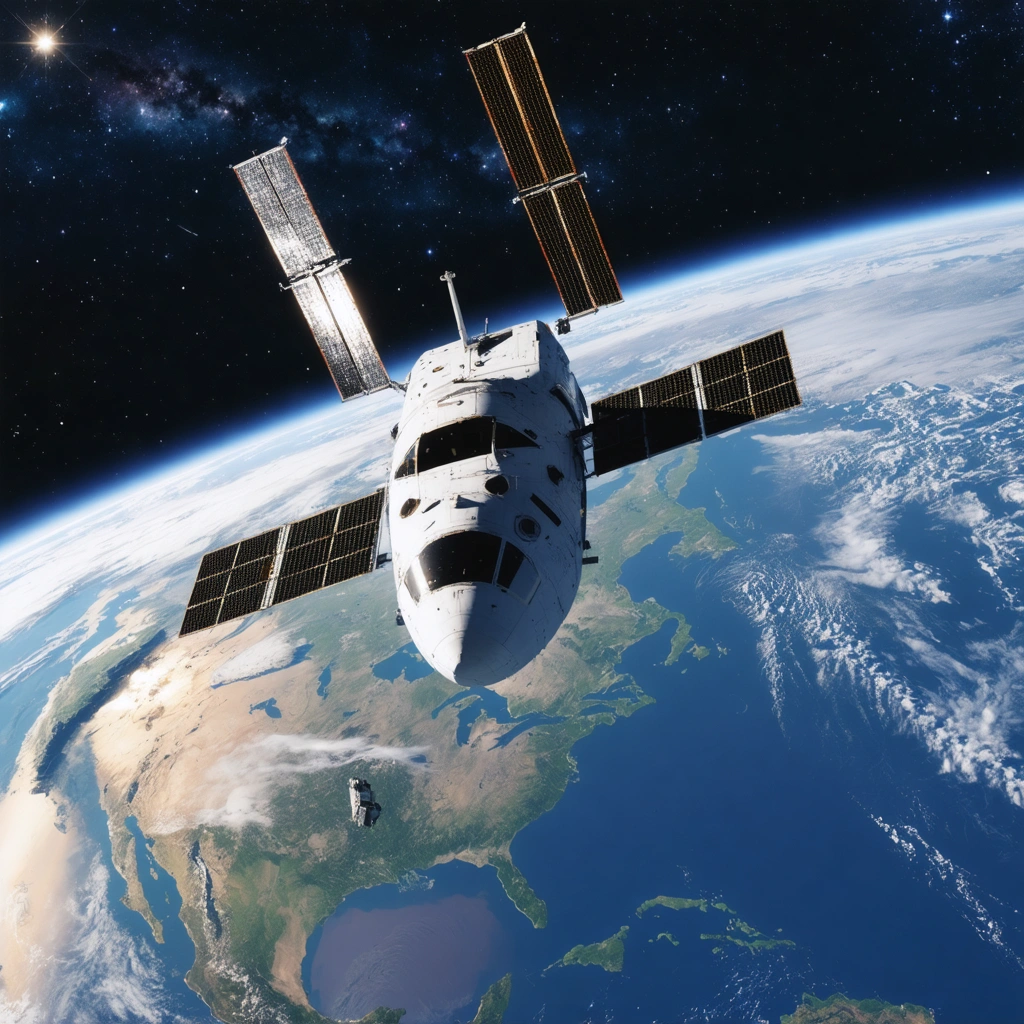
Introduction: The Unprecedented Return to Earth
The return journey from a long-duration mission aboard the International Space Station presents a complex array of physiological and psychological adjustments. Astronauts such as Barry “Butch” Wilmore and Suni Williams, who have experienced an extended nine-month tenure in microgravity, encounter a broad spectrum of bodily changes upon reentry. These transformations, ranging from swollen eyeballs and baby-like skin to profound cognitive shifts known as the overview effect, have spurred extensive research and point towards an evolving understanding of the human body’s adaptation to space.
Understanding the Physical Impact of Microgravity
Physiological Changes in Space
Extended exposure to microgravity disrupts the normal function of human physiology in several ways. Without gravity to continuously challenge the body, several systems begin to show signs of deterioration or change:
- Fluid Redistribution: In the absence of gravity, fluids in the body shift toward the head, causing puffiness or swelling around the eyes. This phenomenon results in what many describe as “swollen eyeballs,” affecting vision and requiring careful monitoring post-mission.
- Skin and Tissue Effects: Astronauts often experience changes in skin texture, resembling the soft, resilient quality of baby-like skin. These alterations can affect not only appearance but the skin’s overall health and functionality.
- Musculoskeletal Challenges: Without the continuous pull of gravity, bone density decreases and muscle atrophy can occur, which makes re-adaptation to Earth’s gravitational forces a challenging physical ordeal.
Post-Mission Rehabilitation Strategies
Upon returning to Earth, astronauts undergo rigorous rehabilitation protocols designed to expedite recovery while mitigating the adverse effects of long-term exposure to space. Essential rehabilitation strategies include:
- Physical Therapy: Programs are tailored to rebuild muscle strength and enhance balance, critical for overcoming the initial disorientation experienced during the return.
- Nutritional Support: A carefully balanced diet that supports bone density and muscular regeneration is integral to the recovery process.
- Regular Medical Assessments: Continuous monitoring of ocular health and dermatological assessments ensure that any residual effects from microgravity are promptly addressed.
These measures are developed not only for the well-being of returning astronauts but also to inform future space missions where longer durations in space are anticipated.
The Cognitive Shift: The Overview Effect
Understanding the Overview Effect
Beyond the physical challenges lie profound psychological changes experienced by astronauts while they are in space. The overview effect, a term coined to describe the transformative experience of witnessing Earth from orbit, leads to a shift in perspective that can be both uplifting and disorienting. This cognitive phenomenon is marked by:
- An enhanced perception of the fragility of Earth
- A renewed sense of responsibility towards environmental and humanitarian concerns
- A deepened appreciation for the interconnectedness of all life forms on the planet
Many astronauts describe this effect as a profound, almost spiritual insight that redefines their personal and professional outlook. The shift underscores the importance of integrating psychological support into the post-mission debriefing and rehabilitation process.
Business Implications and the Future of Space Exploration
The myriad physical and psychological impacts experienced by astronauts have significant implications for the future of space exploration, research, and commercial ventures. As space agencies and private companies gear up for longer-duration missions, including potential journeys to Mars and beyond, understanding these effects is critical.
Key areas of focus for industry professionals include:
| Aspect | Implications for Future Missions |
|---|---|
| Physical Rehabilitation | Developing faster, more efficient recovery protocols to minimize downtime post-mission. |
| Psychological Support | Enhancing strategies for managing the overview effect and other cognitive adjustments, ensuring mental resilience. |
| Mission Design | Incorporating adaptive measures in spacecraft design and on-board activities to mitigate adverse health effects. |
Moreover, as companies such as SpaceX and national agencies like NASA push the envelope of what is possible in human spaceflight, the multidisciplinary stewardship of astronaut health becomes indispensable. Business leaders, engineers, and scientists are required to work in concert to deploy innovative solutions that not only protect but also enhance the capabilities of spacefarers.
Conclusion: Preparing for the Inevitable Return
Synthesizing Lessons Learned
The experiences of astronauts returning from extended missions serve as a critical guide for improving the technological, infrastructural, and human support systems needed for future space ventures. By analyzing the interplay between microgravity-induced physical alterations and the psychological transformation known as the overview effect, space agencies can pave the way for more sustainable and efficient exploration programs.
For investors, policymakers, and scientific communities alike, the lessons drawn from these experiences provide actionable insights to ensure that subsequent manned missions are as safe and productive as possible. Strategic initiatives include:
- Investments in advanced biomedical research focused on counteracting microgravity effects.
- Development of onboard exercise and environmental control systems that simulate gravitational forces.
- Broad collaborations between private and public sectors to streamline the return process and post-mission recovery.
Future Horizons
Looking ahead, the insights garnered from missions like those involving Barry Wilmore and Suni Williams will continue to shape not only the training and recuperation protocols for returning astronauts but also the design of next-generation spacecraft that consider human health a primary factor. As humanity’s quest for space expands and the scope of potential missions broadens, ensuring robust, science-backed support systems will be paramount in determining the success of our interplanetary endeavors.




